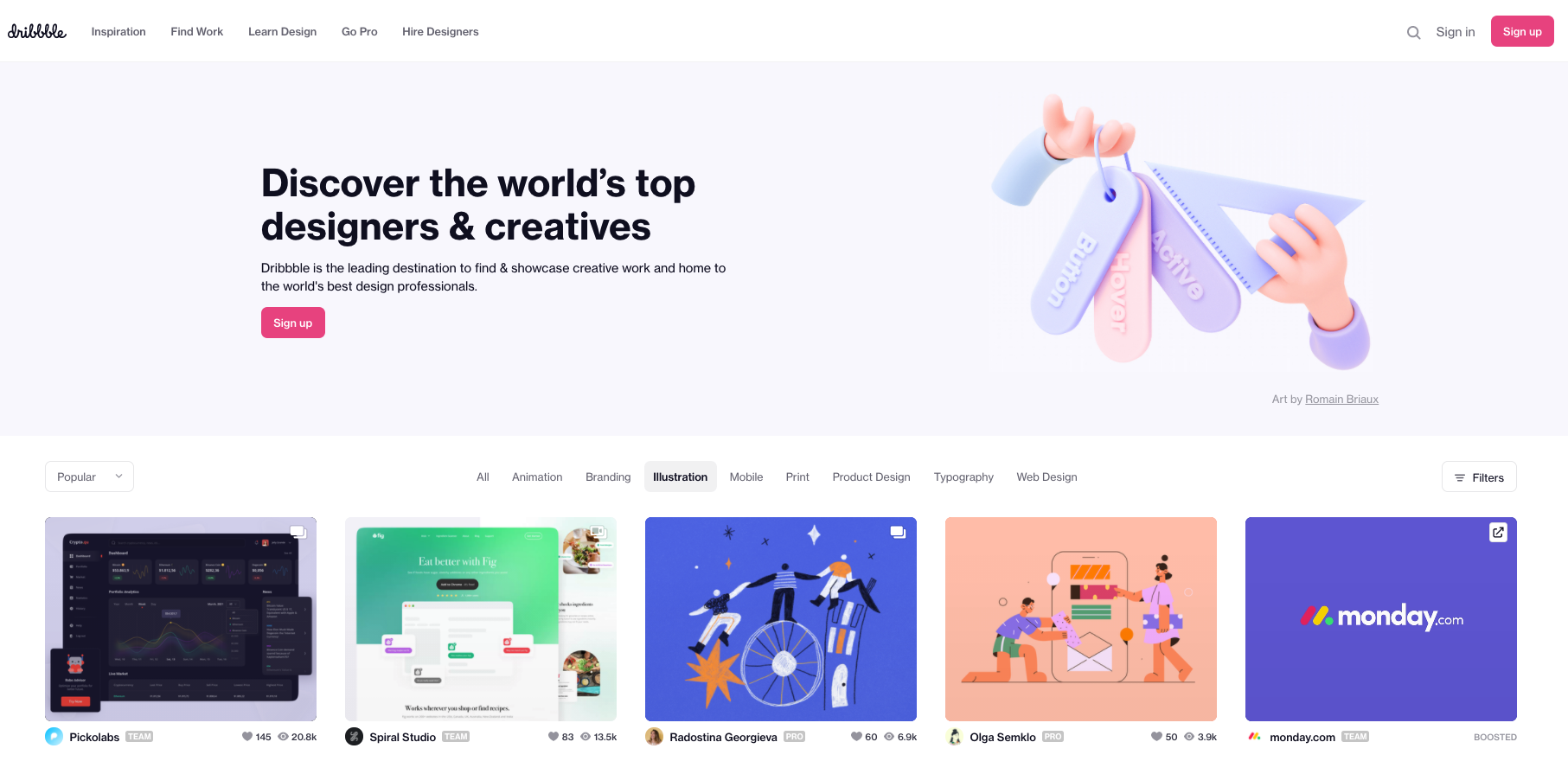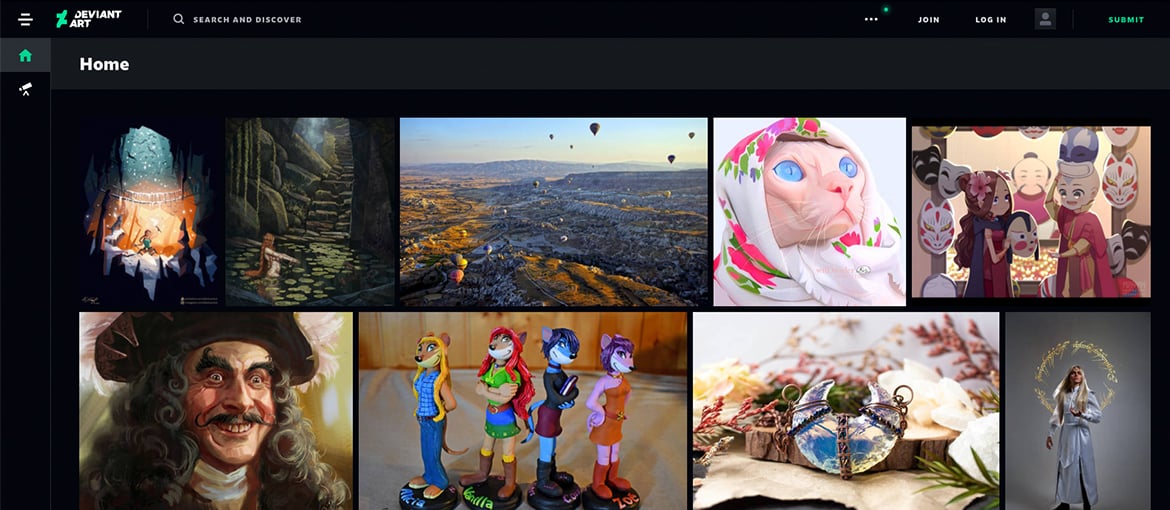Table of Contents
Today we’re continuing our journey around the colourful and inventive world of illustration with a quest to work out where to find the best illustrators, or even just those best suited to your projects.
We should start off by saying that over the last ten years the situation has changed enormously: some digital platforms are thriving, while others have lost members in favour of social networks, particularly Instagram, which has burst onto the scene as a sort of social portfolio for showing off your work.
In this article we will explore the various platforms, websites and social media where the best and most original illustrators in the world hang out, because whenever you need an illustration for a project, you need to know you have a wide variety of artists and styles at your disposal. If you love original projects, you can’t beat commissioning a professional illustrator to create some images for you.
Behance: Adobe’s giant global portfolio
The platform Behance has been around for fifteen years. For those who are now starting to feel their age, like me, it provided our first real window onto the world, a place to show your skills to others, but most importantly to see how people in other countries and continents were working.
The platform was bought by the tech giant Adobe in 2012, and since then it has strengthened its position even more as a global benchmark for a certain type of visual creativity.
On Behance you show off your work by adding your designs to a sort of portfolio, which other members of the community can then admire and add comments to. Its simple and functional graphics make it the perfect place for displaying your best works.
The main advantage of the community is the dedication of Behance’s editorial team, which every day goes in search of skilled work and original and surprising projects to add to its ‘featured projects’: being selected means your work is shown to thousands of people working in the creative industries.
The community comprises not only designers, artists and students, but also agencies, art directors and art buyers, and many international clients frequent the site too.
You can use the search page to explore this colourful world and seek out your perfect illustrator. There’s a bit of everything on there, but it is especially good for realistic illustration, including 3D work, concept art and character design for video games, and images used for products, advertising campaigns and visual identities. The illustration style most appreciated by the community – and by Behance’s editors – is digital and refined, even glossy.
If you’re looking for the latest trends in digital illustration, this is the place to be.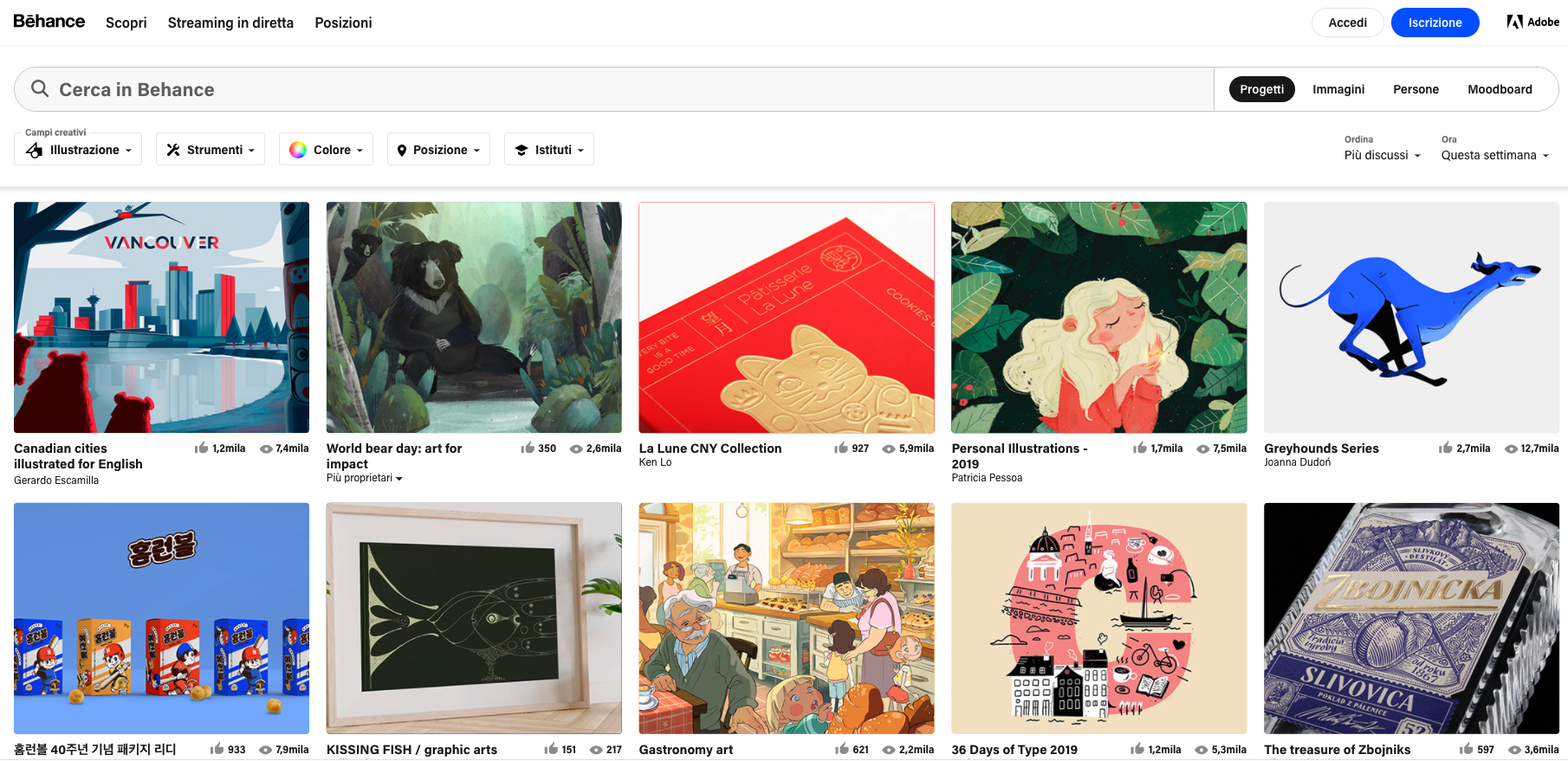
Platforms for illustrators
Hire an illustrator has been running for around a decade and features the portfolios of many illustrators, especially in the English-speaking world. Illustrators have to pay a membership fee to be listed.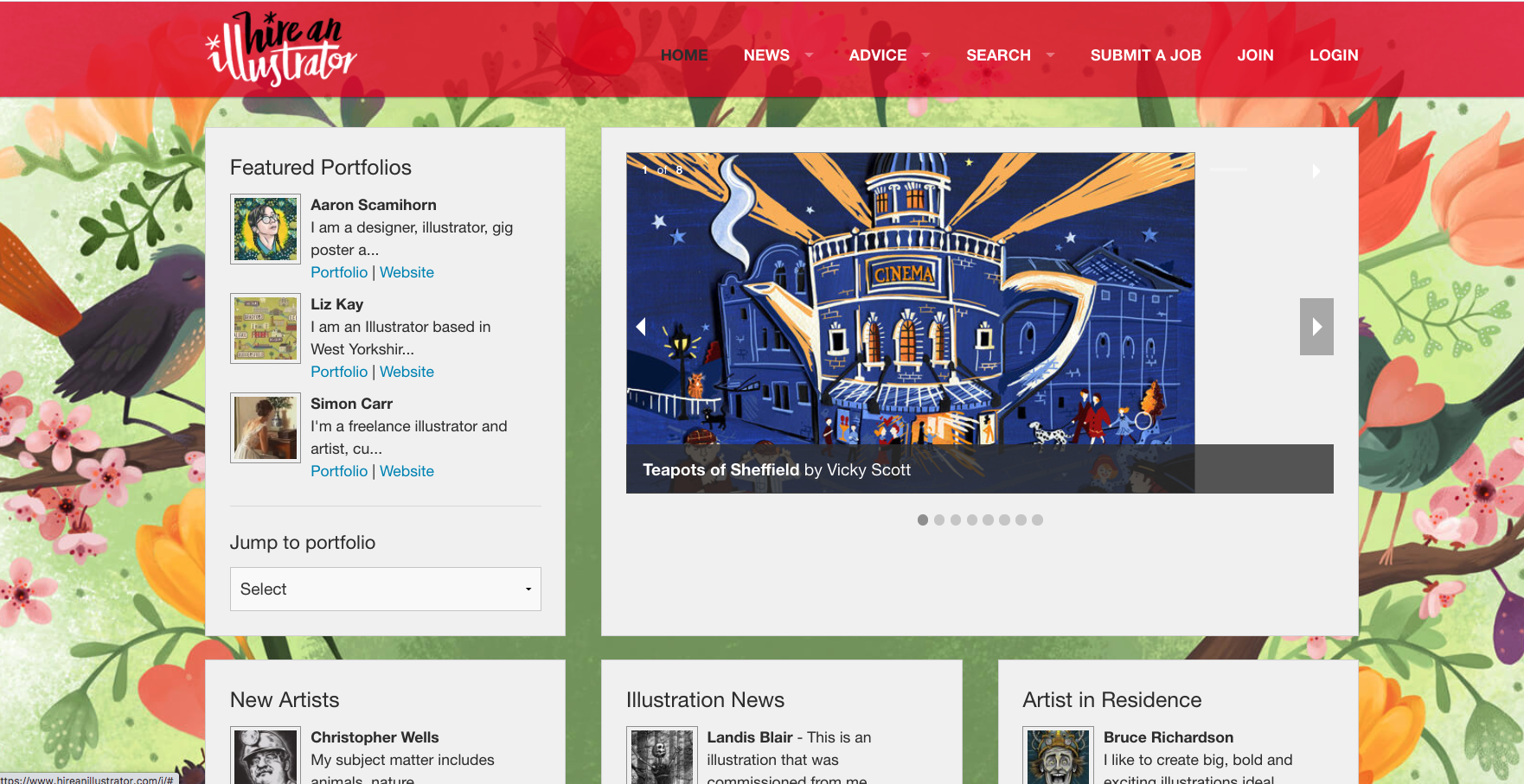
Altpick and The Ispot have been going for many years, and despite their rather lacklustre interfaces, they are very popular in the USA.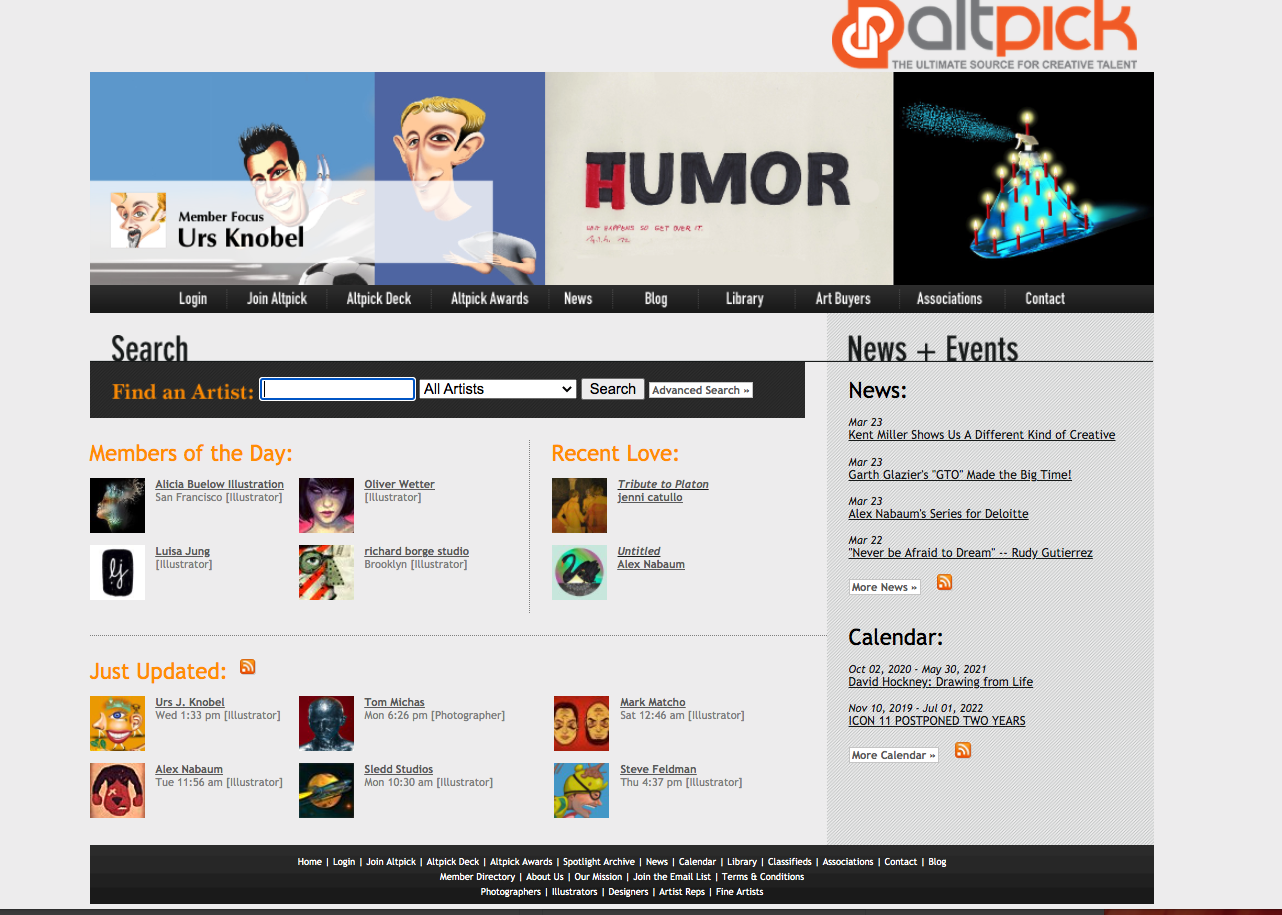
However, in reality all these services are increasingly giving way to illustrators’ personal websites and especially their social media profiles. One excellent example is the renowned illustrator Magoz’s website, which is worth looking at not only for his incredible images, but also for his extremely useful newsletter and frequently updated blog.
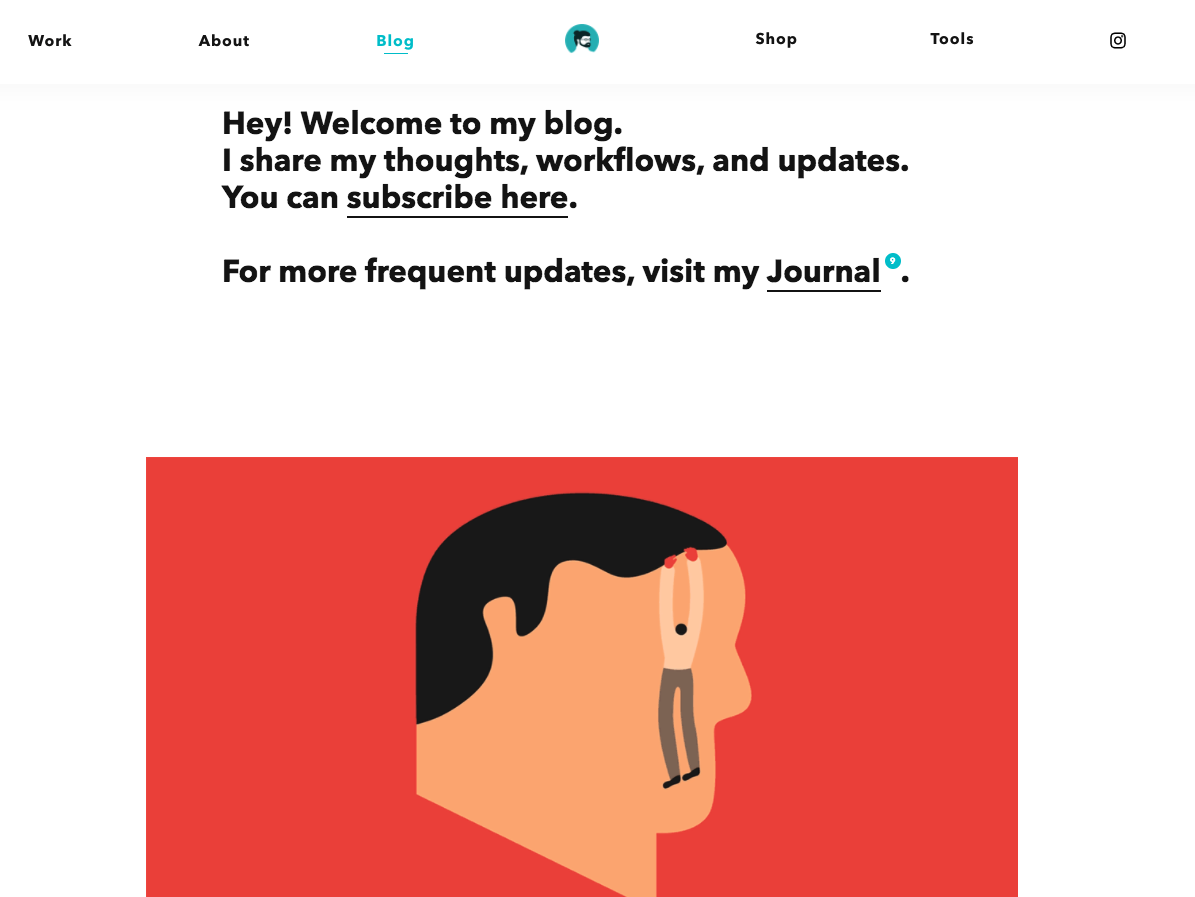
Social networks
Established illustrators, students, emerging professionals and amateurs all jostle for our attention by publishing their artworks and projects on social networks.
The most popular option is definitely Instagram, which has the best interface for viewing illustrations, including those published in the past, creating a much-loved portfolio effect. Facebook provides an interesting snapshot of the profession, but is less effective for showing off your portfolio. Twitter is mostly worth a go for those producing images linked to the news or hot topics. Pinterest is probably one of the simplest tools to use when looking for illustrators: you can assemble images on your boards, and so create collections that may be useful when commissioning illustrations or as a source of inspiration if you are an illustrator yourself.
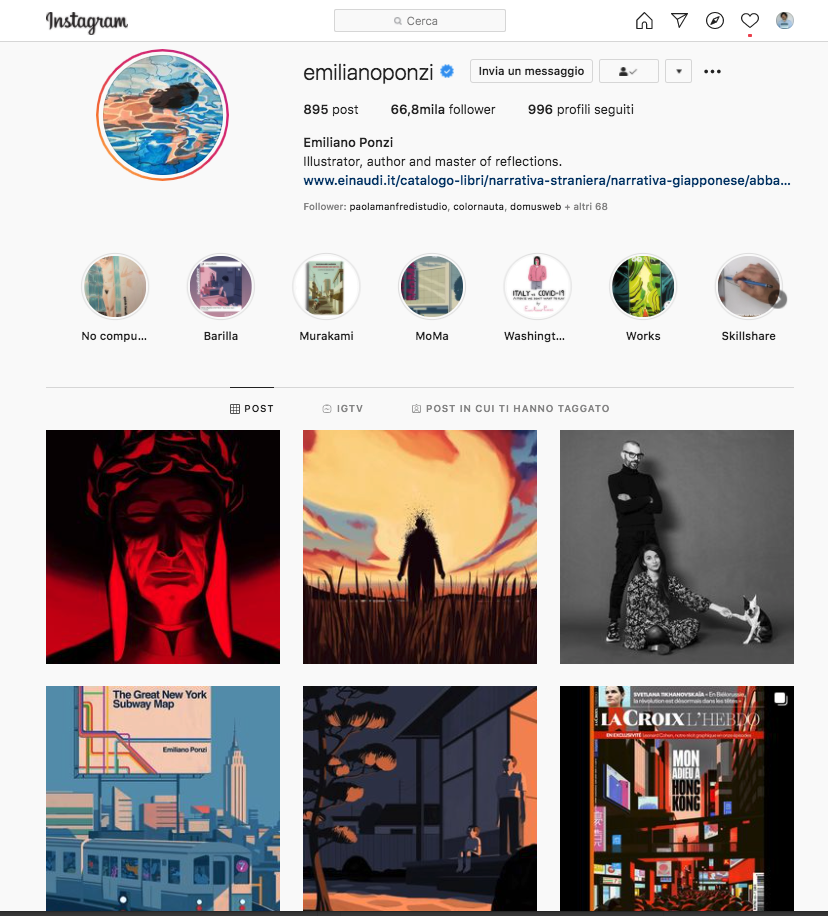
Trade associations for illustrators
Each nation has its own illustrators’ association with a website featuring the work of its members.
These are the sites with the highest-quality images:
- The historic American Society of Illustrators, based in New York.
- The AOI, the Association of Illustrators in the UK.
- Spain has at least five associations.
- The Italian association is called Autori di Immagini (Authors of Images) – it changed its name a few years ago from the Associazione Illustratori (Association of Illustrators) in a bid to incorporate the world of comics too.
The website of the European Illustration Forum (EIF) contains links to all the European illustrators’ associations.
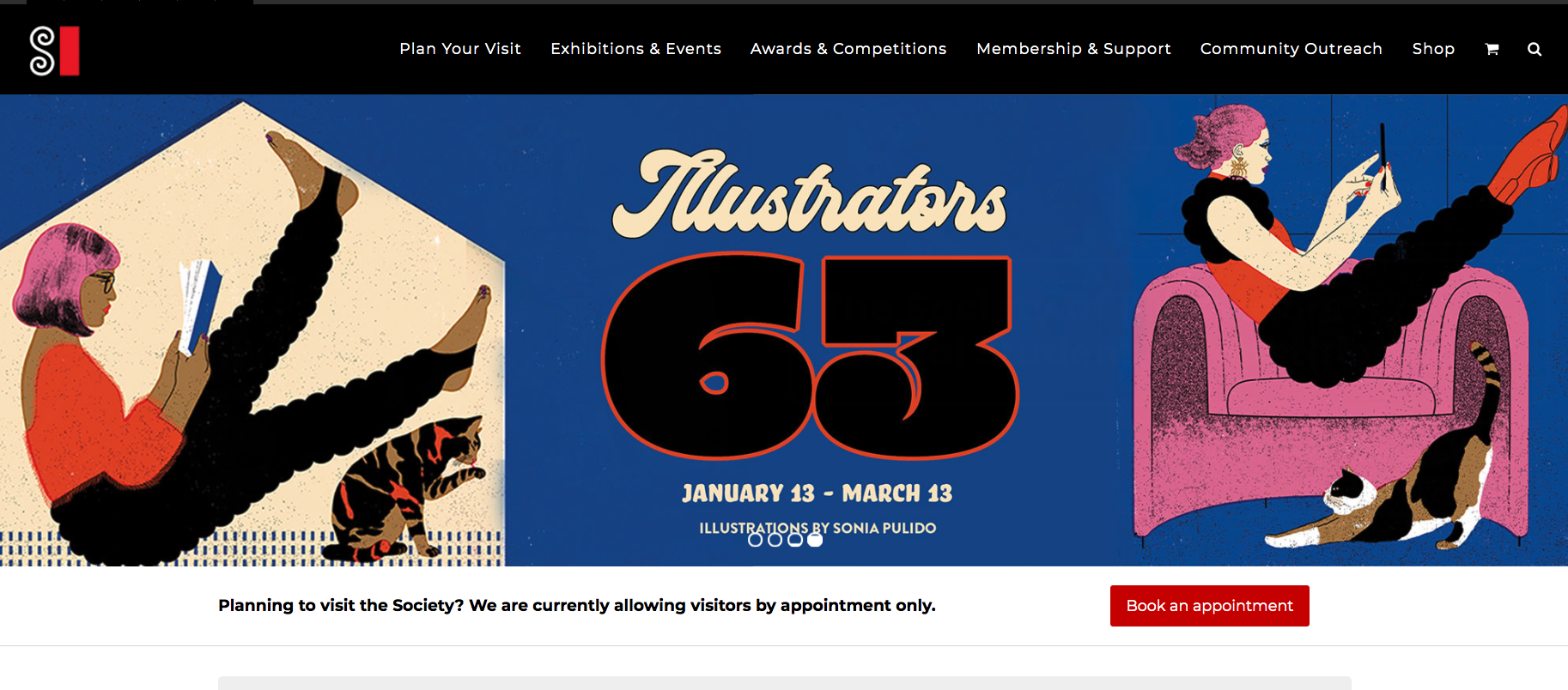
Competitions and annuals
The illustrating profession is highly competitive: there are contests, awards and annuals (yearly publications) to enter if you want to break through and be noticed in an ever-expanding market of skilled artists.
The most prestigious competition in the world of magazines, newspapers and publishing in general is the Society of Illustrators’ annual awards in New York. In recent years the World of Illustration Award, organised by the British AOI, has grown in importance and in the number of entrants. Other major prizes on the American market (perhaps the largest illustration market in the world!) include the Communication Arts competitions, the awards presented by the Society of Publication Designers (SPD) and Print magazine, and the magazine 3×3‘s prizes. The catalogue of the Bologna Children’s Book Fair is the most important competition for children’s illustration, with the most sought-after prizes.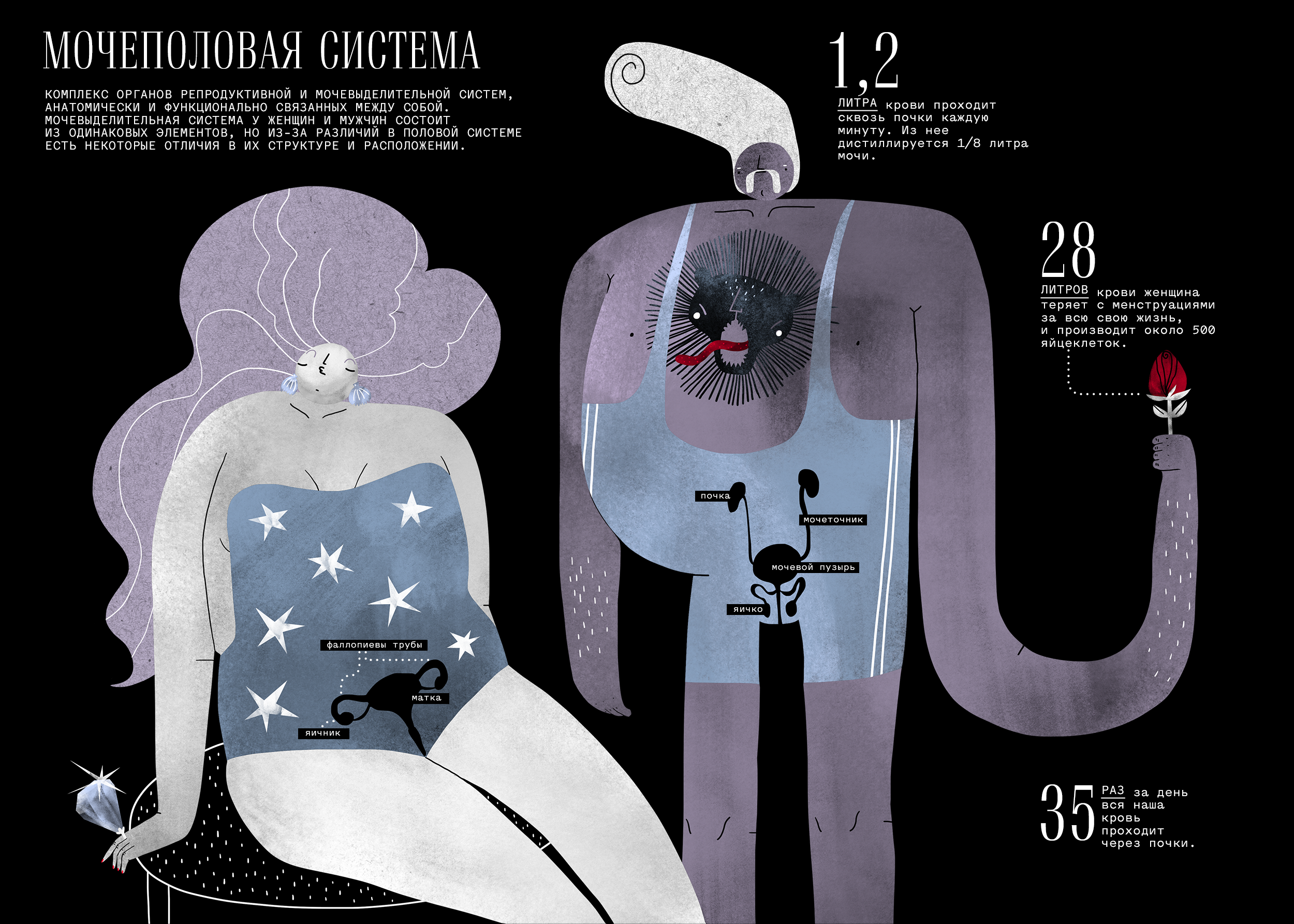
Illustration websites
As in all creative fields, there are plenty of websites and blogs discussing illustration. Some offer advice to those within the profession, while others seek out, select, interview and showcase the best or most original illustrators of the moment.
Some of the best examples of the former from around the world are:
Some interesting Italian blogs are the extremely popular Le Figure dei Libri (dedicated in particular to illustrated books), Roba da Disegnatori and Ad un tratto.
The second type of websites – i.e. those that look at work by illustrators – have the issue that they all end up looking the same, because it is increasingly difficult to find original artists that produce images that are genuinely different from the multitude of styles available on the global market. In trying to provide a wide-ranging view of illustration, these websites tend to be confusing and repetitive, although always extremely colourful. My advice is to browse and peruse them a great deal – multiple times a day – if you are taking your first steps into this world of creativity and unbridled imagination, as this will certainly enhance your appreciation of visual culture.
At a global level I would recommend the following, in part for their ability to seek out new talent:
- Illustration Age, a sort of blog on American illustration.
- Ape On The Moon, which has been showcasing modern illustrators with an original style for many years.
- Nobrow, which also produces books and magazines mixing illustration and comics, and which over the past decade has become known for its nu-folk style that has influenced countless illustrators.
- The Italian site Picame.
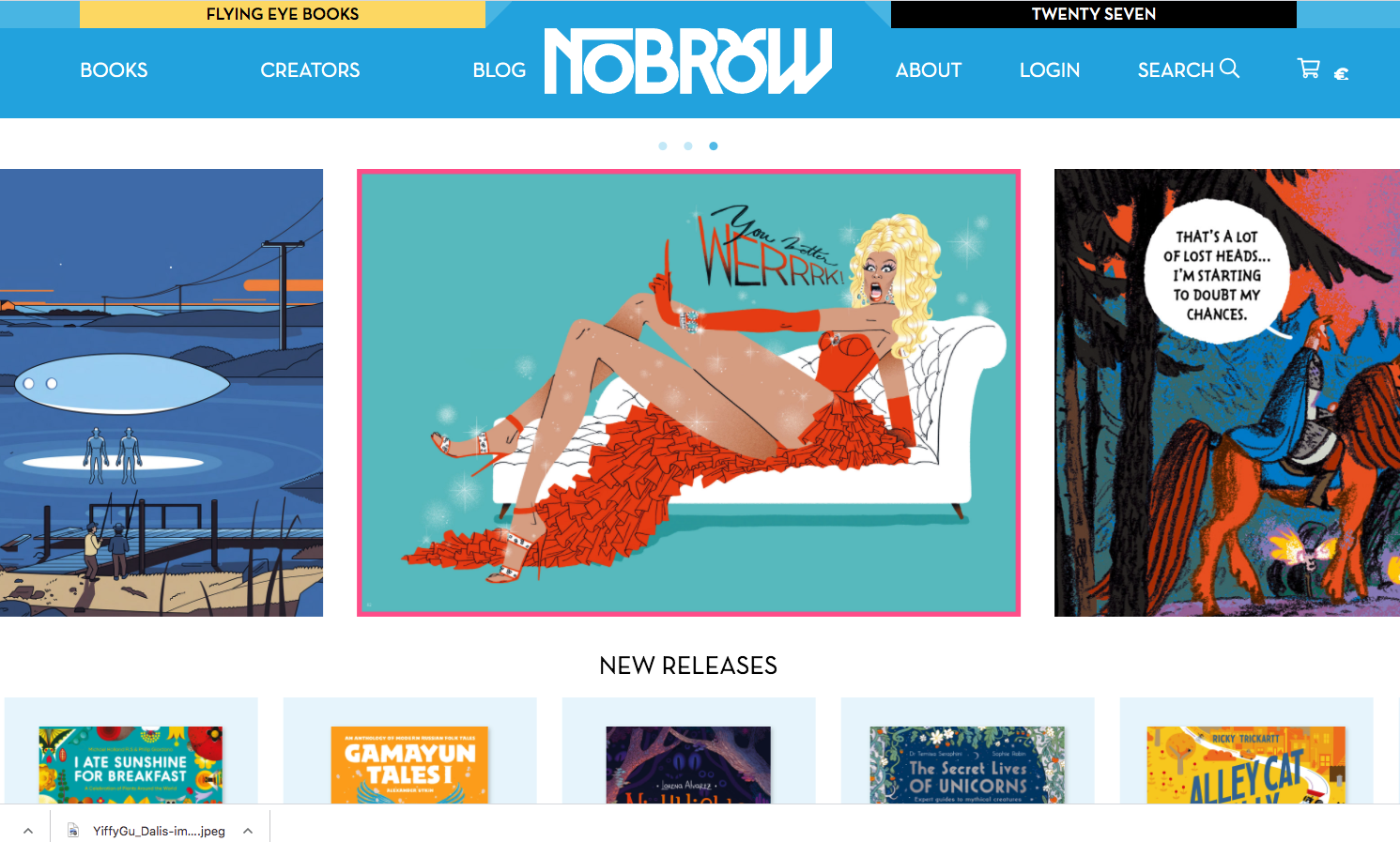 Portals for creatives
Portals for creatives
As well as Behance and the specific sites for illustrators we have mentioned above, there are also other platforms that bring together creative professionals of all types from all over the world, at any price, to meet the demands of the market. These platforms have a huge number of members, and so the level of professionalism of the illustrators there is not always particularly high. As well as platforms offering professional services in various creative sectors, such as Freelancer.com, Upwork and Toptal, there are also plenty of illustrators in the following places:
- The Deviant Art community (one of the first to be created online over twenty years ago, and one of the most active, particularly for a certain type of amateur, non-commercial, comic-style image)
- The well-organised portfolios at Dribble and Krop, which ensure good visibility for your work
- Communities based on pitches and competitions, like 99Design, are also popular.
